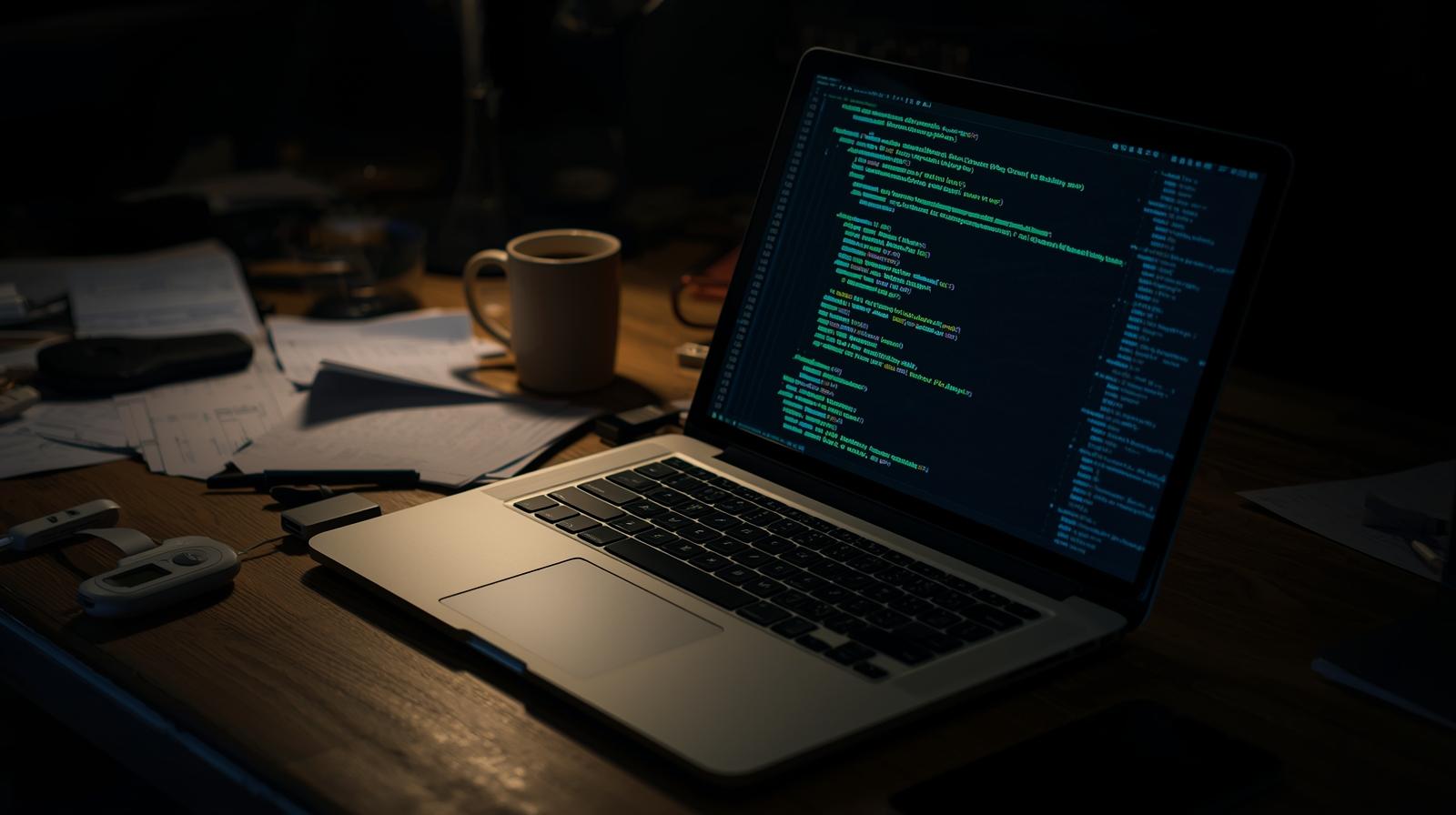Code review is one of the most powerful tools for maintaining code quality and fostering team growth, yet many teams struggle to implement it effectively. When done right, code reviews catch bugs early, spread knowledge across the team, and maintain consistent coding standards. The primary goal of code review extends beyond finding bugs. It serves as a knowledge-sharing mechanism, helps maintain code style consistency, and provides learning opportunities for both reviewers and authors. Effective code reviews require clear guidelines and expectations. Teams should establish standards for what to review, how to provide feedback, and what constitutes acceptable code quality. These standards should be documented and consistently applied. Review feedback should be constructive and specific. Instead of saying "this is wrong," explain why something might be problematic and suggest alternatives. Focus on the code, not the person who wrote it. Timing matters significantly in code reviews. Reviews should happen promptly to maintain development momentum, but reviewers need adequate time to provide thoughtful feedback. Balancing speed with thoroughness is an ongoing challenge. Automated tools can enhance the review process by catching syntax errors, style violations, and common security issues before human reviewers get involved. This allows human reviewers to focus on logic, architecture, and maintainability concerns. Code review culture varies between teams and organizations. Some prefer informal, conversational approaches, while others follow strict procedures. The key is finding an approach that works for your team's dynamics and project requirements. Measuring the effectiveness of code reviews through metrics like defect rates, review coverage, and time-to-merge helps teams continuously improve their process.
Search Articles
Categories
Recent Posts


Mastering AI Prompt Engineering: A Complete Guide
Jun 11, 2025

Building Scalable Web Applications with Modern JavaScript an...
Jun 11, 2025

The Psychology of Effective Learning: Science-Backed Strateg...
Jun 11, 2025

Blockchain Technology in Education: Revolutionizing Credenti...
Jun 11, 2025
Popular Posts

The Psychology of Effective Learning: Science-Backed Strateg...
761 views

The Future of Online Learning: Trends to Watch in 2025
705 views

Machine Learning Fundamentals: Your First Steps into AI
660 views

Blockchain Technology in Education: Revolutionizing Credenti...
624 views

Building Scalable Web Applications with Modern JavaScript an...
606 views
Newsletter
Subscribe to get our latest articles directly in your inbox.



